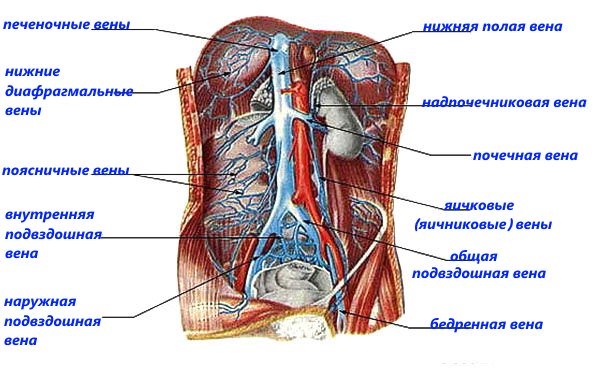
Rashtriya Madhyamik Shiksha Abhiyhan. The Rashtriya Madhyamik Shiksha Abhiyan (RMSA) scheme initiated in 2009, demonstrates the government’s ambition for a secondary education system that can support India’s growth and development. BRIEF INTRODUCTION TO BASIC CONCEPTS OF 'TIBETAN' BUDDHISM Page 5 Like a great melting pot, Tibetan Buddhism admits a multitude of powers, some celestial, others earth-based -- local deities, mountain gods, spirits of the air, water, earth and soil.
The Himalayan Mountains have been the home of sages for millennia. These great sages have lived and passed on knowledge of the yogic teachings to disciples who then became masters passing on the teachings in an unbroken lineage since the Vedic period. Twelve hundred years ago Shankaracharya organized his teaching into five centers of the Himalayan Tradition. As one of those five, our tradition is the Bharati lineage connected with the Shankaracharyas at the Shringeri Seat. Bha means “the light of knowledge,” rati means “a lover who is absorbed in it,” thus, Bharati indicates one, who as a lover of knowledge, becomes totally absorbed in its light.
For trackers with open signup:. For info on recruitment/joining private trackers:. For invites:. Bones full discography. (also see Common Post Topics listed below) • No invite or account requests/offers. • Discussions focused on topics covered in other subreddits may be removed (see Related Links below) • This is not a place to discuss DDL sites.
The methods and philosophies of the Himalayan Tradition have withstood the test of time. Generation upon generation have followed this path and a huge reserve of knowledge has been built. The student can study the writings of the Tradition and read about the experiences of the great masters of the past for him or herself. The Himalayan Tradition is not a tradition where a teacher proclaims himself a guru and students are expected to believe whatever he says, rather, the teachings come from the Tradition and the student can look to the Tradition to support and make sense of what the teacher says. The initial purpose of the tradition is to awaken the divine flame within each human being and the goal is for each student to become a master of the Tradition in coming to know his or her true Self.
It is the task of the teacher, through the Grace of the Guru to selflessly help his disciples on the way of highest enlightenment. Passing on of knowledge is done experientially through the transmission of a pulsation of energy. The Himalayan Tradition of Yoga Meditation combines the wisdom of Patanjali’s Yoga-sutras, the philosophy and practices of the Tantras, and the specific oral instructions and initiatory experiences passed on by a long line of saints and Yoga masters whose names may or may not be known. The Tradition is not an intellectual combining of three unrelated elements, but a unified system in which all the parts are integrally linked. The principal tenets and practices of all known systems of meditation are included in the Himalayan Tradition and, for the most part, these systems have arisen out of it. For example: Vipassana emphasizes breath awareness and Transcendental Meditation concentrates on repetition of the mantra, whereas most Hatha practitioners pay attention mainly to posture. The Himalayan meditator, however, learns to sit in the correct posture, relax fully, practice correct breathing, and then combine breath-awareness with the mantra.

When one reaches the end of the practices prescribed in any one part of the Himalayan system, continuity is to be found in the system as a whole. This statement may be explained this way: rare is the disciple who can master all of the components of the Himalayan system, but s/he may master one or two aspects and be sent out to teach. S/he will draw students who are at the level of development where they can benefit from the portion of the system s/he has to offer. In this way various schools of meditation have branched off from the central one. When students have reached the ultimate end of the methods taught in any one particular subsystem, their next steps will be in other aspects of the Himalayan system. This is termed the divergence and convergence of the meditational systems.